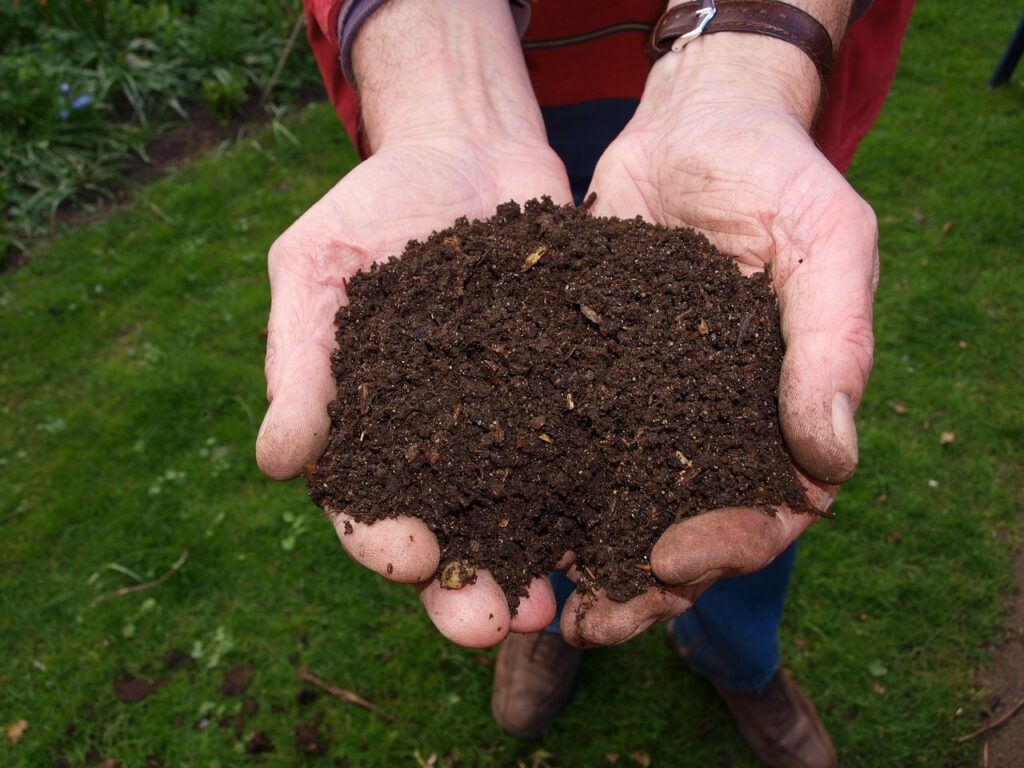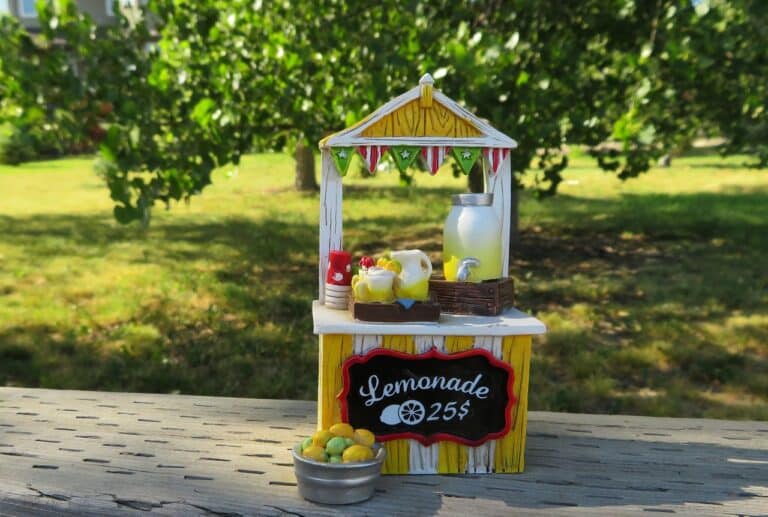
In a world where the impacts of climate change are becoming increasingly evident, the importance of sustainable living cannot be overstated. Sustainable living encompasses practices that reduce our environmental footprint, conserve natural resources, and promote the well-being of both present and future generations. While the concept of sustainability may seem daunting, incorporating sustainable practices into everyday life can be simpler than you might think.
With this in mind, this article aims to provide you with 11 practical and achievable tips for embracing sustainability in your daily routine. From reducing waste to conserving energy and supporting eco-friendly businesses, these tips are designed to empower you to make positive changes that benefit both the planet and your own well-being.
As we delve into each tip, keep in mind that sustainable living is not about perfection but rather progress. Small changes can add up to significant impacts over time, and every effort you make towards living more sustainably contributes to a healthier planet for future generations to enjoy.
Throughout this article, we will explore various aspects of sustainable living, offering insights and actionable steps that you can incorporate into your life starting today. Whether you’re a seasoned environmental advocate or just beginning your journey towards sustainability, there’s something here for everyone.
Join us as we embark on a journey towards a more sustainable future—one where conscious choices and mindful actions pave the way for a healthier planet and a brighter tomorrow. Together, we can make a difference, one sustainable step at a time.
1. Reduce, Reuse, Recycle

The mantra of “reduce, reuse, recycle” serves as a cornerstone of sustainable living. By adhering to these principles, we can minimize waste and conserve valuable resources.
- Reduce: Cut down on unnecessary consumption and packaging.
- Reuse: Give items a second life through creative reuse or donation.
- Recycle: Properly dispose of materials to be recycled, reducing the strain on landfills and natural resources.
Embracing the three Rs not only benefits the environment but also promotes a more mindful and resourceful lifestyle. Let’s explore practical ways to integrate these principles into our daily lives.
2. Minimize Energy Consumption

Reducing energy consumption is a crucial aspect of sustainable living, as it directly impacts carbon emissions and environmental resources. By minimizing our energy usage, we can lower our carbon footprint and contribute to mitigating climate change. Here are some tips to help you conserve energy in your daily activities:
- Turn off lights and electronics when not in use: Simple actions like turning off lights and unplugging devices can significantly reduce energy consumption.
- Use energy-efficient appliances: Opt for appliances with high Energy Star ratings to minimize energy usage.
- Adjust thermostat settings: Lowering the thermostat in winter and raising it in summer can save energy and reduce heating and cooling costs.
- Utilize natural light: Open curtains and blinds during the day to maximize natural light and minimize the need for artificial lighting.
- Insulate and weatherize your home: Proper insulation and weatherization can improve energy efficiency and reduce heating and cooling needs.
By incorporating these practices into your daily routine, you can lower your energy consumption and contribute to a more sustainable future.
3. Opt for Sustainable Transportation

Transportation is a significant contributor to greenhouse gas emissions and air pollution. Choosing sustainable modes of transportation can help reduce our environmental impact and improve air quality. Here are some eco-friendly transportation options to consider:
- Walk or bike: Whenever possible, opt for walking or biking for short distances. Not only does this reduce emissions, but it also promotes physical health.
- Use public transportation: Take advantage of buses, trains, or subways for longer journeys. Public transportation is more energy-efficient and reduces traffic congestion.
- Carpool or rideshare: Share rides with friends, family, or coworkers to reduce the number of vehicles on the road and lower emissions.
- Drive fuel-efficient vehicles: If driving is necessary, choose fuel-efficient or electric vehicles to minimize fuel consumption and emissions.
- Combine trips: Plan errands and appointments to minimize the number of trips taken and optimize fuel efficiency.
By incorporating these sustainable transportation options into your lifestyle, you can reduce your carbon footprint and contribute to a cleaner and healthier environment.
4. Embrace Plant-Based Eating

Transitioning to a plant-based diet is not only beneficial for your health but also for the environment. The production of animal products, such as meat and dairy, is resource-intensive and contributes to greenhouse gas emissions. By incorporating more plant-based meals into your diet, you can reduce your environmental footprint and promote sustainability. Here are some tips for embracing plant-based eating:
- Start gradually: Begin by incorporating more fruits, vegetables, legumes, and whole grains into your meals while gradually reducing your consumption of animal products.
- Explore plant-based alternatives: Experiment with plant-based meat substitutes, dairy alternatives, and plant-based protein sources such as tofu, tempeh, and beans.
- Focus on whole foods: Emphasize whole, minimally processed foods in your diet to maximize nutritional value and minimize environmental impact.
- Get creative with recipes: Explore new recipes and cooking methods to make plant-based meals delicious and satisfying.
- Educate yourself: Learn about the environmental and health benefits of a plant-based diet to stay motivated and informed.
By incorporating more plant-based foods into your diet, you can contribute to a more sustainable food system and reduce your carbon footprint.
5..Reduce Water Waste

Conserving water is essential for sustainable living, especially in the face of increasing water scarcity and droughts. By reducing water waste in our daily activities, we can help protect this precious resource for future generations. Here are some tips to minimize water waste:
- Fix leaks: Regularly check for and repair leaks in faucets, toilets, and pipes to prevent water waste.
- Install water-efficient fixtures: Replace old, inefficient fixtures with low-flow toilets, showerheads, and faucets to reduce water usage.
- Take shorter showers: Limiting shower time can significantly reduce water consumption. Consider using a shower timer to track your usage.
- Collect rainwater: Install rain barrels or other collection systems to capture rainwater for outdoor use, such as watering plants or washing cars.
- Water plants efficiently: Water plants early in the morning or late in the evening to minimize evaporation, and use drip irrigation or soaker hoses to deliver water directly to the roots.
By implementing these water-saving practices, you can help conserve this vital resource and contribute to a more sustainable future.
6. Choose Eco-Friendly Products

Making conscious choices about the products we use in our daily lives can have a significant impact on the environment. Opting for eco-friendly products helps reduce pollution, conserve resources, and support sustainable manufacturing practices. Here are some tips for selecting eco-friendly products:
- Read labels: Look for certifications such as USDA Organic, Fair Trade, or Forest Stewardship Council (FSC) to ensure products meet certain environmental and ethical standards.
- Choose reusable over disposable: Select reusable items such as cloth grocery bags, water bottles, and food containers instead of single-use alternatives to minimize waste.
- Avoid products with harmful chemicals: Opt for products that are free from toxic chemicals such as phthalates, parabens, and formaldehyde, which can harm both human health and the environment.
- Support local and sustainable brands: Choose products from local businesses and companies that prioritize sustainability and ethical practices in their production processes.
- Reduce packaging: Look for products with minimal or recyclable packaging to minimize waste and environmental impact.
By making informed choices and selecting eco-friendly products, you can reduce your ecological footprint and contribute to a more sustainable future.
7. Support Local and Sustainable Businesses

Choosing to support local and sustainable businesses is an impactful way to contribute to your community’s economic vitality and environmental well-being. By patronizing businesses that prioritize sustainability, you can help reduce carbon emissions, support responsible resource management, and foster a more resilient local economy. Here are some tips for finding and supporting local and sustainable businesses:
- Research local businesses: Take the time to explore your community and discover local businesses that prioritize sustainability in their operations.
- Ask questions: When shopping or dining out, inquire about a business’s sustainability practices, such as sourcing locally, reducing waste, and minimizing energy usage.
- Seek out eco-certifications: Look for businesses that have received certifications or accreditations for their environmental and social responsibility efforts, such as B Corp certification or LEED certification for green buildings.
- Support farmers’ markets and artisans: Purchase locally grown produce and handmade goods from farmers’ markets and artisanal shops to support local producers and reduce the carbon footprint associated with transportation.
- Encourage transparency: Advocate for transparency and accountability in business practices by supporting businesses that openly share information about their sustainability initiatives and progress.
By supporting local and sustainable businesses, you can make a positive impact on both the environment and your community’s well-being.
8. Practice Minimalism

Adopting a minimalist lifestyle is not only a personal choice but also a sustainable one. Minimalism promotes conscious consumption, reducing the demand for resources and minimizing environmental impact. Here are some tips for practicing minimalism in your daily life:
- Declutter your space: Start by decluttering your living space and letting go of items that are no longer useful or bring you joy.
- Mindful shopping: Before making a purchase, ask yourself if the item is truly necessary and adds value to your life. Avoid impulse buying and focus on quality over quantity.
- Quality over quantity: Invest in well-made, durable items that have a longer lifespan, reducing the need for frequent replacements.
- Digital minimalism: Declutter your digital life by organizing files, unsubscribing from unnecessary emails, and limiting your time on social media.
- Experience over possessions: Prioritize experiences and meaningful connections over the accumulation of material possessions.
By embracing minimalism, you not only simplify your life but also contribute to a more sustainable and mindful consumption pattern.
9. Compost and Reduce Food Waste

Food waste is a significant environmental issue, contributing to greenhouse gas emissions and wasted resources. Composting organic waste not only diverts it from landfills but also creates nutrient-rich soil for gardening. Here are some tips for composting and reducing food waste:
- Start composting: Set up a compost bin or pile in your backyard or use a countertop composting system to collect food scraps and yard waste.
- Know what to compost: Compost fruit and vegetable scraps, coffee grounds, eggshells, yard trimmings, and other organic materials. Avoid composting meat, dairy, and oily foods, as they can attract pests and create odors.
- Balance your compost: Aim for a balanced mix of green (nitrogen-rich) and brown (carbon-rich) materials to promote decomposition and prevent odors. Green materials include fruit and vegetable scraps, while brown materials include dried leaves, straw, and paper.
- Turn your compost: Regularly turn or mix your compost pile to aerate it and accelerate decomposition. This helps maintain optimal conditions for microbial activity.
- Use compost in your garden: Once your compost is ready, use it to enrich your soil and nourish your plants. Compost adds valuable nutrients and improves soil structure, leading to healthier plants and increased yields.
By composting food waste and reducing your overall food waste, you can minimize your environmental impact and contribute to a more sustainable food system.
10. Educate Yourself and Others

Continuing education about sustainability is essential for staying informed and inspiring positive change in our communities. By deepening our understanding of environmental issues and sharing knowledge with others, we can collectively work towards a more sustainable future. Here are some ways to educate yourself and others about sustainability:
- Stay informed: Keep up-to-date with the latest news and research on environmental issues, climate change, and sustainability practices through reputable sources such as scientific journals, environmental organizations, and news outlets.
- Attend workshops and events: Participate in workshops, seminars, and events focused on sustainability topics to expand your knowledge and connect with like-minded individuals.
- Read books and articles: Dive deeper into sustainability topics by reading books, articles, and essays written by experts in the field. Look for resources that cover a range of perspectives and solutions.
- Engage in discussions: Foster open and respectful conversations about sustainability with friends, family, and colleagues. Share information, exchange ideas, and explore solutions together.
- Lead by example: Be a role model for sustainability by incorporating eco-friendly practices into your own life and demonstrating their benefits to others.
By educating ourselves and spreading awareness about sustainability, we can empower individuals and communities to take meaningful action towards a more sustainable and resilient f
11. Embrace Renewable Energy

Transitioning to renewable energy sources such as solar, wind, and hydroelectric power is a crucial step towards sustainable living. Unlike fossil fuels, renewable energy sources are abundant, clean, and emit minimal greenhouse gases, making them a key solution for combating climate change. Here’s how you can embrace renewable energy:
- Install solar panels: Consider installing solar panels on your home or property to harness the power of the sun and generate clean electricity. Many governments offer incentives and rebates to encourage solar adoption.
- Choose renewable energy providers: Opt for energy providers that offer renewable energy options or purchase Renewable Energy Certificates (RECs) to support renewable energy production.
- Reduce energy consumption: Before investing in renewable energy systems, focus on reducing your overall energy consumption through energy-efficient appliances, lighting, and insulation.
- Advocate for renewable energy policies: Support policies and initiatives that promote the adoption of renewable energy at the local, national, and global levels. Get involved in advocacy efforts to accelerate the transition to a renewable energy future.
- Educate others: Spread awareness about the benefits of renewable energy and encourage others to make the switch. Share information about renewable energy technologies, cost-saving opportunities, and environmental benefits.
By embracing renewable energy, you can reduce your carbon footprint. Contributing to a more sustainable energy future for all.
Conclusion
We facing unprecedented environmental challenges. Embracing sustainable living practices is more important than ever. Through conscious choices and mindful actions, we can each play a role in protecting our planet. It is our responsibility to make a better future for generations to come.
The 11 sustainable living tips outlined in this article provide practical guidance for incorporating sustainability into our daily lives. These tips empower us to make positive changes that benefit both the environment and our communities.
It’s important to remember that sustainability is not about perfection but progress. Every small step towards living more sustainably makes a difference. If we all do our part, we can create significant impact on a global scale.
As you embark on your journey towards a more sustainable lifestyle, let these tips serve as a roadmap. The will help you make informed choices and inspire others to join in the effort. We can build a healthier, more resilient planet for all.
Let’s continue to prioritize sustainability in our actions and advocate for positive change. Together we can work towards a future where people and the planet thrive in harmony.
Have any tips you’d like to share? Please do so in the comment section below.
Check out our Essential Guide to 11 Superfoods for Weight Loss.







